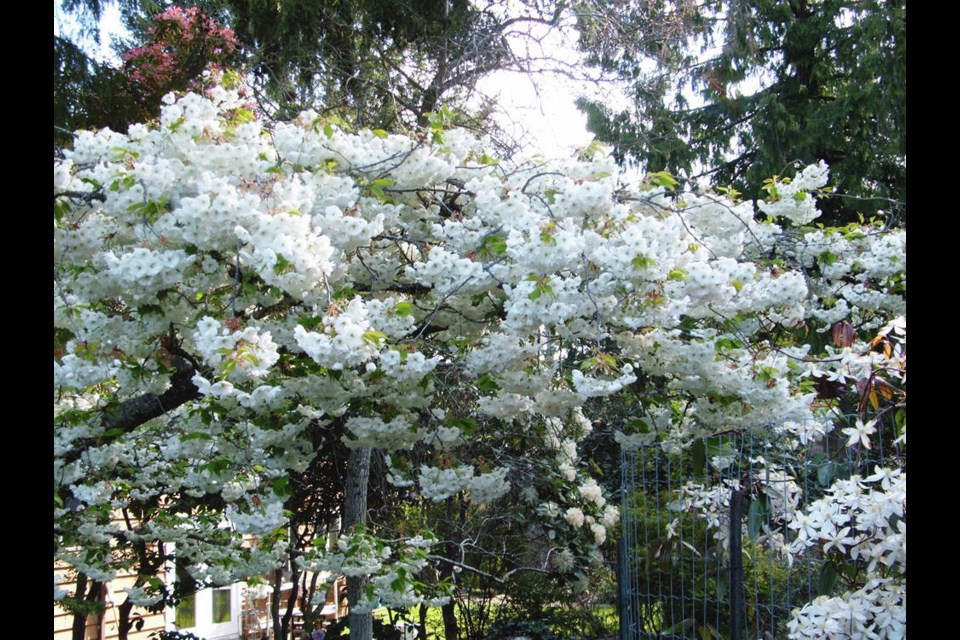The Mother’s Day issue of the Times 91原创 featured another story about the cold spring and late growing season, and how local growers have been affected. The unusual weather has been a central topic in the news.
Through the spring I’ve felt considerable concern for our local growers facing sodden fields and greenhouses stuffed full of transplants with nowhere to go. Spring greens at my local farmers’ market were late to appear.
Life is not easy in the best of times for regional organic growers trying to produce clean, nutrient-dense food while contributing to their community’s ecological health. Dropping by their tables at farmers’ markets and making purchases will help to support them.
Home gardeners and their planting routines have been affected by the weather too. We have all had to engage in creative adaptation through the rather miserable and largely unusable spring season. The nature and severity of that adaptation has varied widely with the location, the degree of protection from the elements, and the nature of the soil in each garden.
Through most of the spring, almost incessant rainfall combined with cold temperatures hijacked usual planting schedules and plant development in general. Many gardens, or parts of gardens, remained too wet to work in far longer than usual while overnight low temperatures remained in the single digits, in many areas of the Island, through mid-May and beyond.
Most gardens have key markers of the seasons. My flowering plum tree blooms through March (April this year). Around mid-April, the first self-sown nasturtiums pop through the soil surface. The first one I saw this year was on Mother’s Day.
Through this difficult spring, I’ve become an almost daily user of online weather forecasts, where I found no predictions of super-cosy conditions for most of May. Wherever transplants were being sold, there were signs indicating it was too early to plant outdoors.
I set out, like most home gardeners, on my usual planting schedule, beginning with indoor seedings early in February. Before long, the three tiers of my indoor grow light fixture and also my little unheated greenhouse were filled with seedlings and transplants with nowhere to go as temperatures remained icy and rain continued to fall in torrents.
By April, I began simplifying my grand plans for the season, reducing them to the essentials — getting the first pea planting done, the carrots and beets seeded, and the onions and leeks transplanted. These are all basic foods that see me through the fall and winter. The peas, though they germinated well, took three weeks to accomplish the feat.
Between rainfalls last month I managed to transplant lettuce in less than ideal conditions. Though the light-textured soil in my garden drains well, it was still just a little mucky. A few lamentably overgrown and over-stressed flats of lettuce and cabbage transplants were fed to the compost while I re-seeded indoors.
On the bright side, while plantings have been held up and some of the perennials have been painfully slow to develop, cool temperatures and copious rainfall have produced some of the most lush gardens ever.
Spring-flowering shrubs have been loaded with bloom. My wide-spreading flowering cherry tree looked about to topple over with its cascades of fluffy, double flowers. My rhubarb clumps have surged forth with a bounty of succulent stems. Ground covers have developed thick, luxuriant mats of foliage and flowers.
And it’s bound to warm up soon.
Weekend column. I’ll be taking a break from writing the Saturday column this week. Weather and soil conditions willing, I’ll be scrambling to catch up on long-delayed plantings.
GARDEN EVENT
Flower and Garden Show. The Mill Bay Garden Club is hosting the Mill Bay Community Flower and Garden Show on Saturday, May 28, from 9 a.m. to 2 p.m. in the Cobble Hill Hall, 3550 Watson Ave. in Cobble Hill. Shop for plants, books, and garden accessories. Admire the exhibits and tap into the expertise of Master Gardeners on hand to answer your questions. South Cowichan Healthcare Auxiliary volunteers will be offering a strawberry tea. Causes supported by the auxiliary include the local Hospice, Cowichan District Hospital, and Cairnsmore Place retirement home. Proceeds from a silent auction benefit local charities and a bursary that supports local students of horticulture and agriculture. Entry $2 for adults. Children are admitted free.


